Home>Garden Essentials>How To Fold Seed Packet
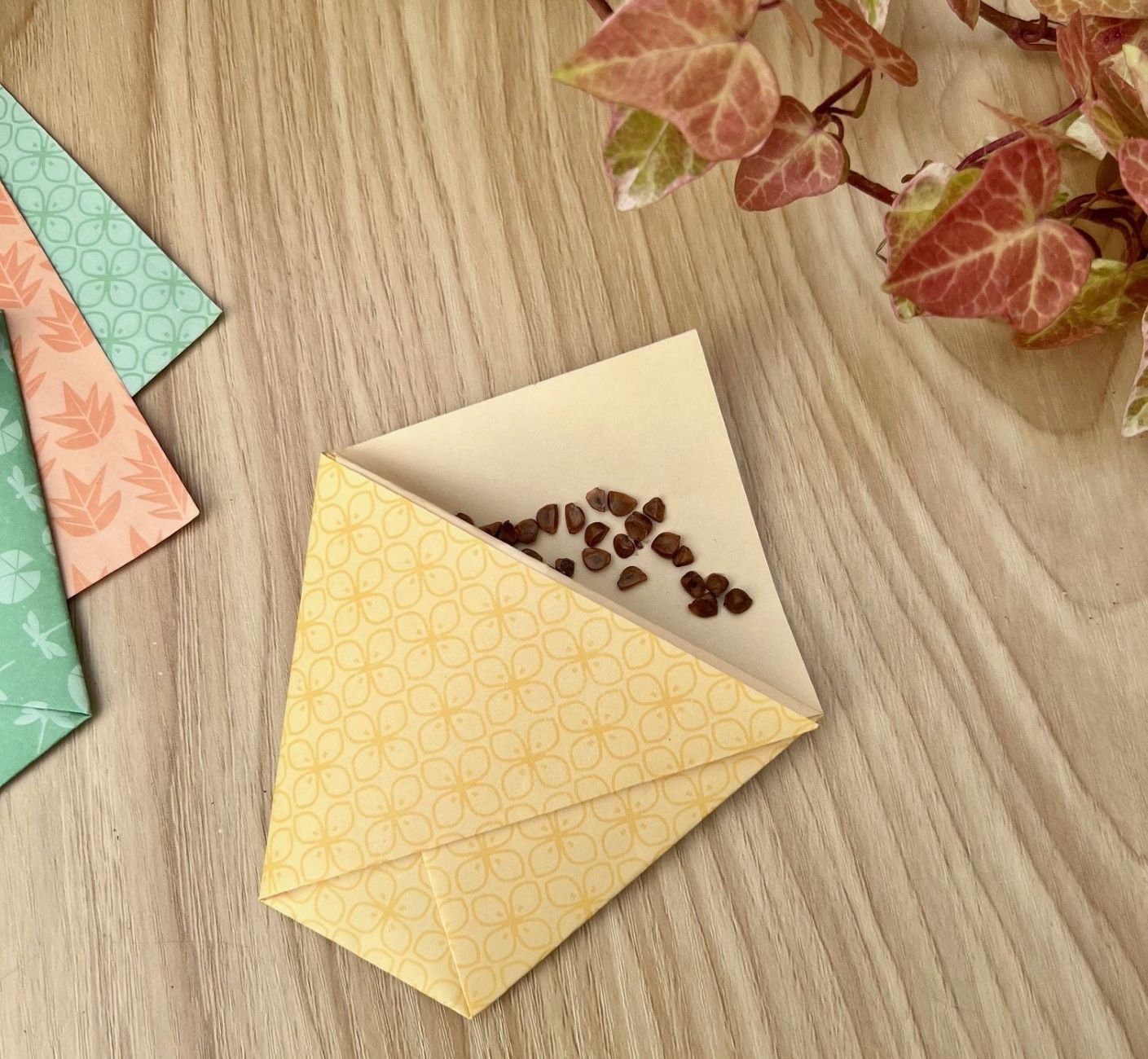

Garden Essentials
How To Fold Seed Packet
Modified: March 16, 2024
Learn how to fold a seed packet for your garden with this simple tutorial. Save and store your seeds in an organized and efficient way.
(Many of the links in this article redirect to a specific reviewed product. Your purchase of these products through affiliate links helps to generate commission for Storables.com, at no extra cost. Learn more)
Introduction
Welcome to the wonderful world of gardening! Whether you are a seasoned green thumb or just starting out, one of the most exciting parts of gardening is harvesting and saving seeds for future plantings. However, to ensure the longevity and organization of your saved seeds, it is important to properly store them. One practical and handy way to store seeds is by folding seed packets. In this article, we will guide you through the process of folding seed packets, so you can keep your seeds safe, organized, and ready for your next gardening adventure.
Before we dive into the step-by-step process of folding seed packets, let’s take a moment to gather all the materials you will need. Having everything prepared and within reach will make the process smoother and more efficient.
Key Takeaways:
- Keep your seeds safe and organized by folding seed packets. Label, fold, and store your seeds in a cool, dry place to ensure their longevity and viability for future plantings.
- Folding seed packets is a fun and practical way to preserve plant diversity and save money. Get creative, label clearly, and store in airtight containers for successful gardening adventures!
Read more: How Many Grams In A Seed Packet
Materials Needed
Preparing your materials before you start folding seed packets will save you time and ensure you have everything you need. Here is a list of materials you will need:
- Blank seed packets: These can be purchased online or at your local gardening store. Alternatively, you can make your own seed packets using small envelopes or recycled paper.
- Scissors: A pair of sharp scissors will be necessary for cutting and trimming the seed packets.
- Glue stick: A glue stick works best for sealing the edges of the seed packets.
- Markers or labels: Use permanent markers or pre-printed labels to write the names and any necessary information about the seeds on the front of the packets.
- Seed variety chart or notebook: It’s handy to have a separate record of the seeds you are folding into packets. This can be a printed chart or a notebook where you can jot down the seed names, planting dates, and any additional notes.
Once you have gathered all the materials, you are ready to begin the process of folding your seed packets.
Step 1: Gather Seeds and Packets
Before you can start folding seed packets, you need to gather the seeds you want to store and the blank seed packets you will be using.
Retrieve the seeds you want to save from your plants or the ones you have purchased. Ensure that the seeds are fully mature and dry before harvesting them. It is best to collect seeds on a dry day to prevent any moisture from affecting their quality.
Next, gather the blank seed packets. These can be purchased online or at your local gardening store, or you can make your own using small envelopes or recyclable paper. If you choose to make your own seed packets, be sure to cut them into the appropriate size to accommodate your seeds.
Once you have your seeds and blank seed packets ready, you are set to move on to the next step of preparing the seed packets for folding.
Step 2: Prepare the Seed Packets
Now that you have gathered your seeds and blank seed packets, it’s time to prepare the packets before folding them. This step ensures that the packets are ready to be sealed and labeled.
Take one blank seed packet and open it up, laying it flat on a clean and dry surface. If there is a pre-folded crease in the packet, gently unfold it to create a flat surface.
Using a marker or a pre-printed label, write the name of the seed variety on the front of the packet. You can also include additional information such as the date of collection or any special notes about the seeds.
After labeling the front of the packet, you can choose to write any additional details on the back, such as planting instructions, harvesting tips, or any other information that you find helpful.
Once you have finished preparing one seed packet, repeat the process for the remaining packets, labeling each one with the appropriate seed variety.
Note: If you are using store-bought seed packets, skip this step and proceed directly to folding the packets.
With your seed packets labeled and ready, it’s time to move on to the next step of folding them into neat and organized packets.
When folding a seed packet, crease along the designated lines to create neat, sharp edges. Use a small amount of glue or tape to secure the flaps in place, ensuring the seeds stay contained.
Step 3: Fold the Seed Packets
Now that your seed packets are prepared and labeled, it’s time to fold them into proper packets that will securely hold your seeds. Follow these step-by-step instructions to fold your seed packets:
- Take one prepared seed packet and fold it in half horizontally. Make sure the label is on the outside of the fold.
- Unfold the packet and then fold the left and right edges towards the center crease. This will create two flaps on either side.
- Apply a thin layer of glue along the bottom edge of the packet.
- With the bottom edge folded up, fold the left and right flaps over the bottom of the packet, tucking them under the folded edge.
- Press down firmly to ensure all the edges are sealed and the flaps are securely tucked in.
- Repeat this process for each seed packet.
By following these folding instructions, you will be able to create neat and secure seed packets that will keep your seeds protected and organized.
Now that you have folded your seed packets, it’s time to move on to the next step of labeling them.
Read more: When To Plant Seed Packet
Step 4: Label the Seed Packets
Labeling your seed packets is crucial for keeping track of the different seed varieties and important information associated with them. Follow these steps to effectively label your seed packets:
- Take one folded seed packet and identify the front-facing side. This is the side where you wrote the seed variety and any other necessary information.
- Using a permanent marker or a pre-printed label, write the name of the seed variety clearly on the front of the packet. Make sure to write legibly and use a font size that is easy to read.
- You can also include additional information on the front, such as the date of collection, special germination instructions, or any other relevant details.
- After labeling the front of the packet, you may choose to label the back as well. This can be useful for adding information such as planting instructions, ideal growing conditions, or any personal observations you wish to record.
- Repeat this labeling process for each seed packet, ensuring that the labels are clear and easy to read.
By accurately labeling your seed packets, you will have a clear reference point for the different seeds in your collection. This will help you stay organized and informed as you plan your future plantings.
With your seed packets labeled, it’s time to move on to the final step: storing your seed packets in a safe and appropriate location.
Step 5: Store the Seed Packets
Once you have folded and labeled your seed packets, it’s important to store them properly to ensure the longevity of your seeds. Follow these steps to safely store your seed packets:
- Find a cool and dry location: Choose a storage area that is cool and dry, such as a pantry, cellar, or a closet. Avoid areas that are exposed to high humidity or extreme temperature fluctuations.
- Organize the seed packets: Arrange the seed packets in a systematic manner. You can organize them alphabetically, by plant type, or by planting season. This will make it easier for you to locate specific seeds when needed.
- Use airtight containers: To further protect your seeds from moisture and pests, consider placing the labeled seed packets into airtight containers like glass jars or plastic storage boxes. This added layer of protection will help maintain the quality and viability of the seeds.
- Store in a dark place: Seeds are best stored in a dark environment to prevent them from being exposed to light, which can degrade their quality over time. Keep the containers away from direct sunlight or artificial light sources.
- Monitor and rotate seeds: Regularly check on your stored seed packets to ensure they remain in good condition. If any packets show signs of moisture or mold, remove them immediately to prevent the spread of dampness to other packets. Additionally, it’s a good practice to rotate your seed stock by using older seeds first and replenishing them with fresh ones.
By following these steps and implementing proper storage techniques, your seed packets will remain viable for several years, allowing you to continue growing and enjoying your favorite plant varieties.
Congratulations! You have successfully folded, labeled, and stored your seed packets. Now you are well-prepared to embark on your gardening journey with the knowledge that your seeds are safely stored and organized.
Remember, seed saving is a wonderful way to preserve plant diversity and save money in the long run. So, enjoy the process of collecting and folding seed packets, and get ready to sow the seeds of your gardening success!
Conclusion
Folding seed packets is a practical and efficient way to store and organize your harvested or purchased seeds. By following the step-by-step process outlined in this article, you can ensure that your seeds are properly labeled, securely sealed, and stored in an optimal environment.
Gardening is not only a rewarding hobby but also a means to connect with nature and sustainably grow your own food or beautiful plants. By saving and storing your seeds, you can continue this journey year after year, preserving plant diversity and saving money in the process.
Remember to gather your seeds and blank seed packets before embarking on the folding process. Label each seed packet clearly, including any relevant information, and fold them according to the instructions provided. Store the packets in a cool, dry, and dark location, preferably in airtight containers to protect them from moisture and pests.
Regularly monitor your seed packets and rotate your stock to ensure the viability and freshness of the seeds. By doing so, you can look forward to successful germination and vibrant plants in your garden.
Now that you have learned how to fold seed packets, you have the knowledge and skills to organize your seeds and embark on new gardening adventures. Get creative and experiment with different seed varieties, expand your collection, and enjoy the rewards of nurturing plants from seeds to maturity.
So, gather your seeds, grab those blank seed packets, and let the folding begin! Happy gardening!
Frequently Asked Questions about How To Fold Seed Packet
Was this page helpful?
At Storables.com, we guarantee accurate and reliable information. Our content, validated by Expert Board Contributors, is crafted following stringent Editorial Policies. We're committed to providing you with well-researched, expert-backed insights for all your informational needs.
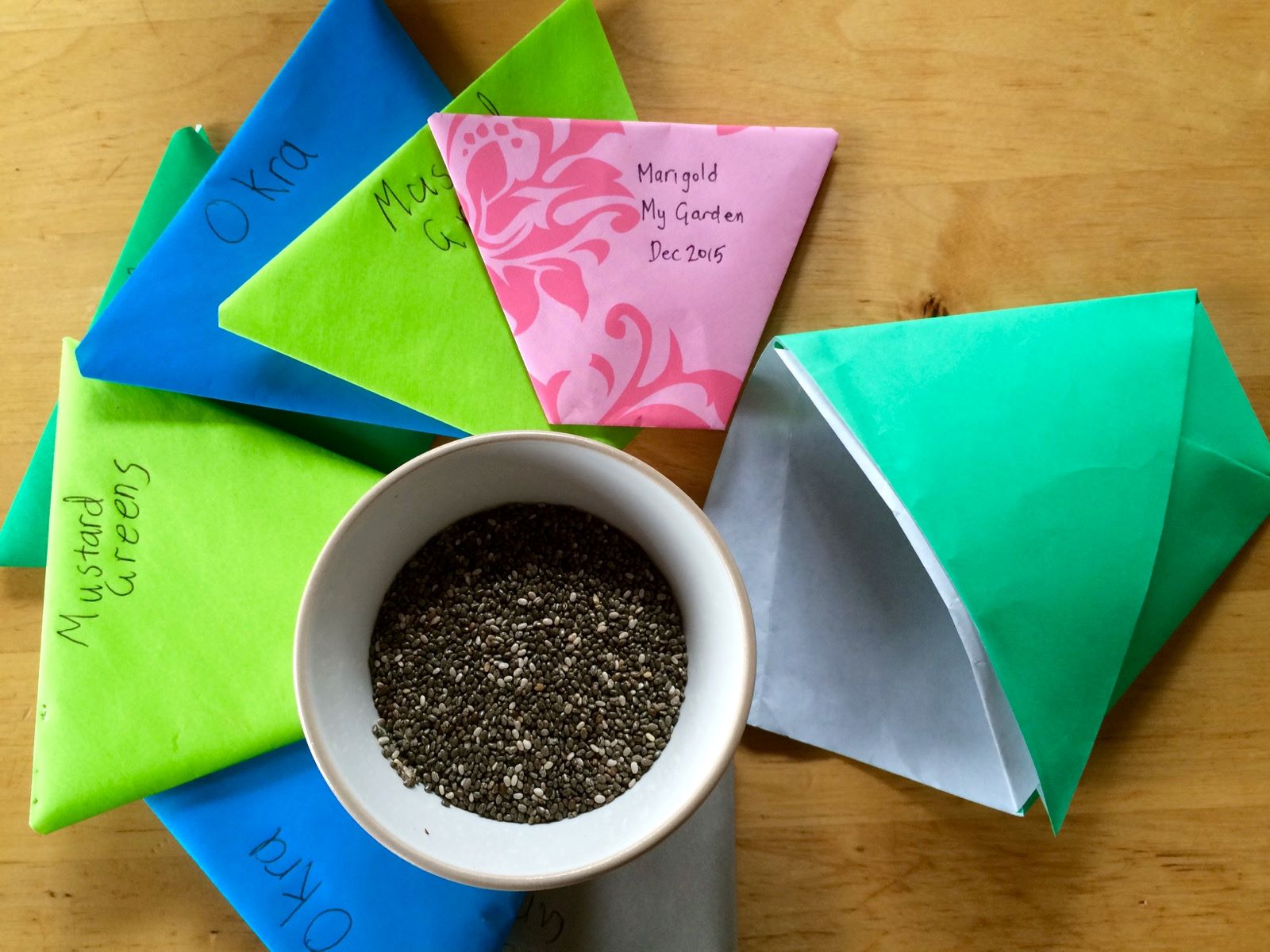
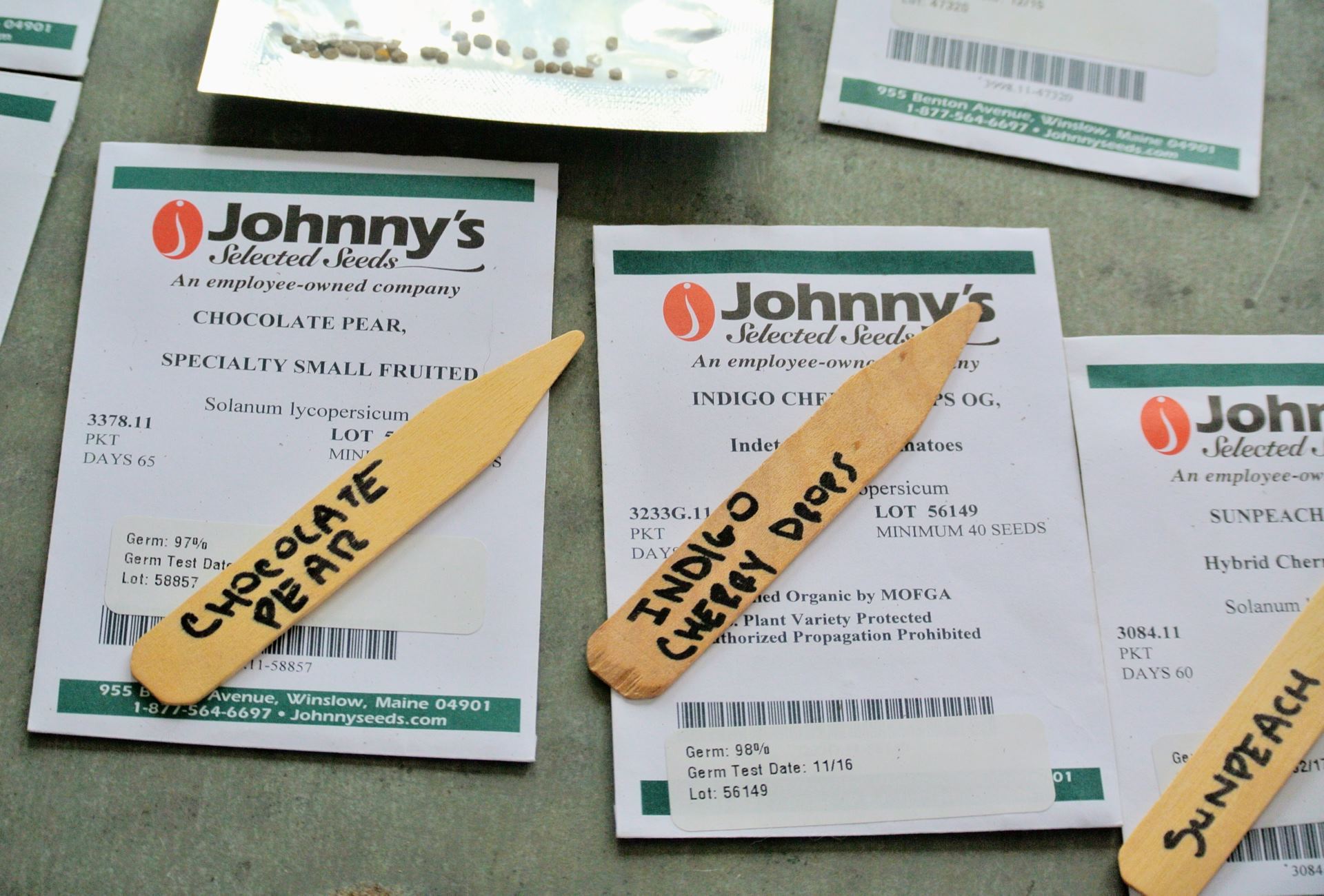
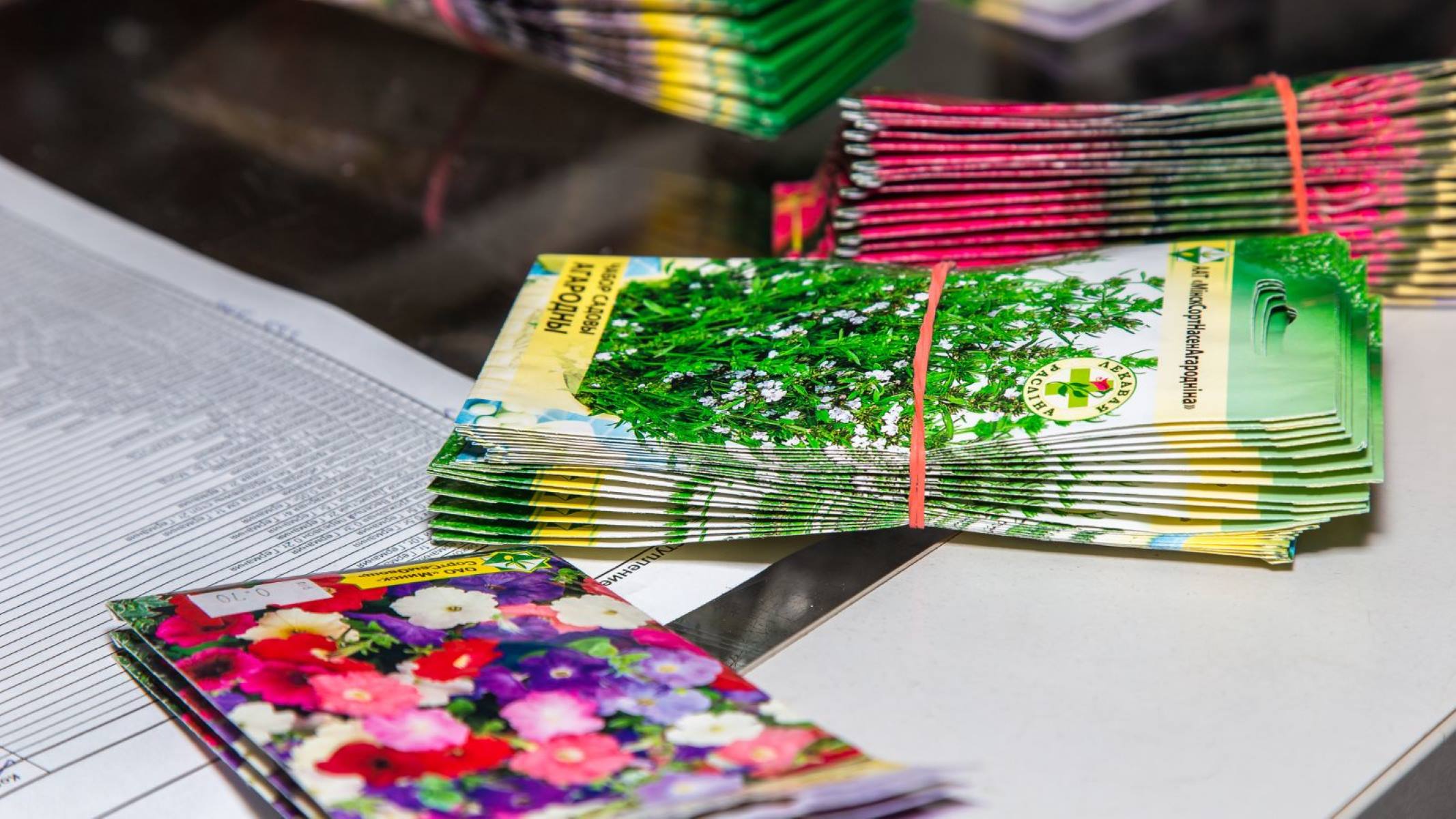
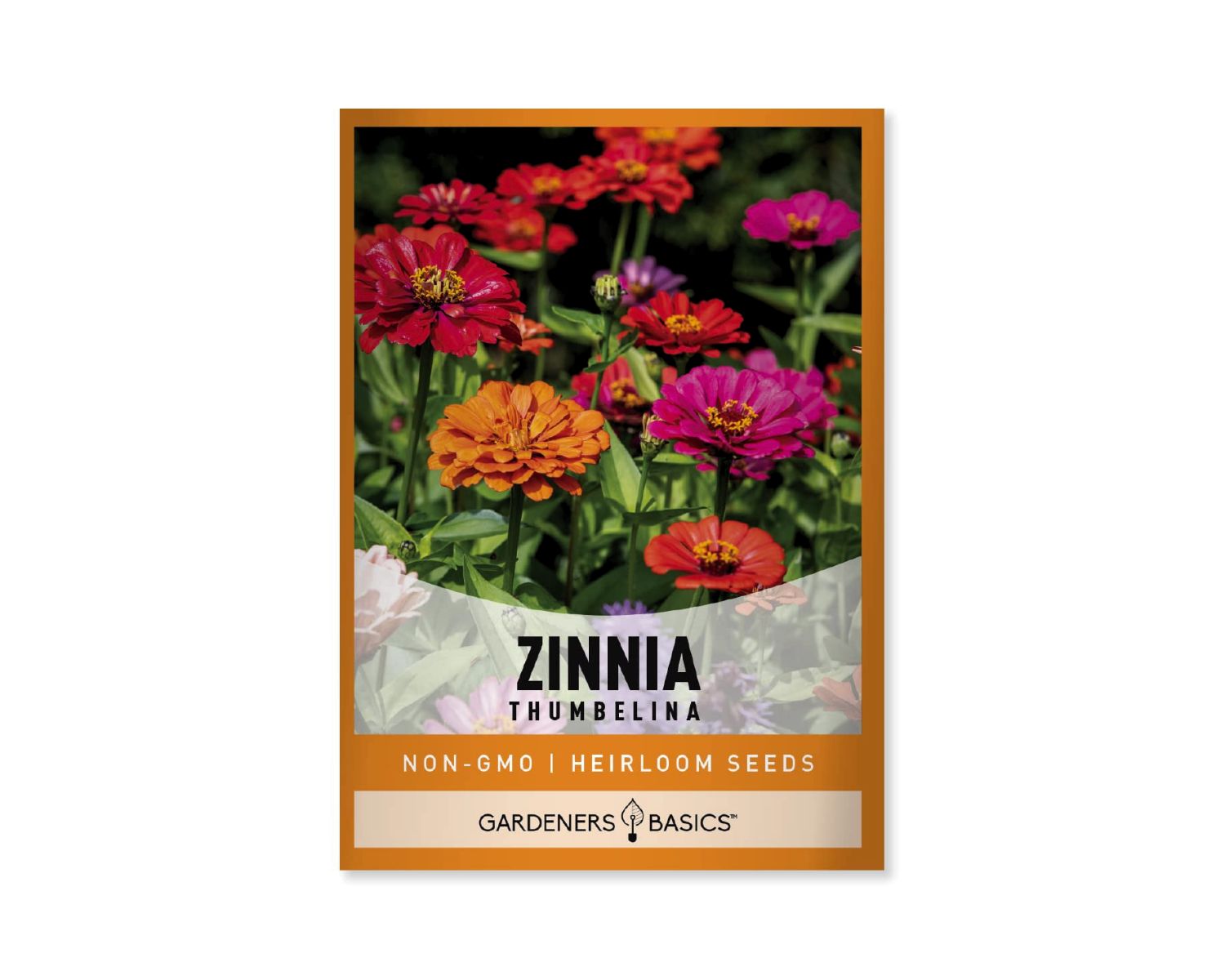
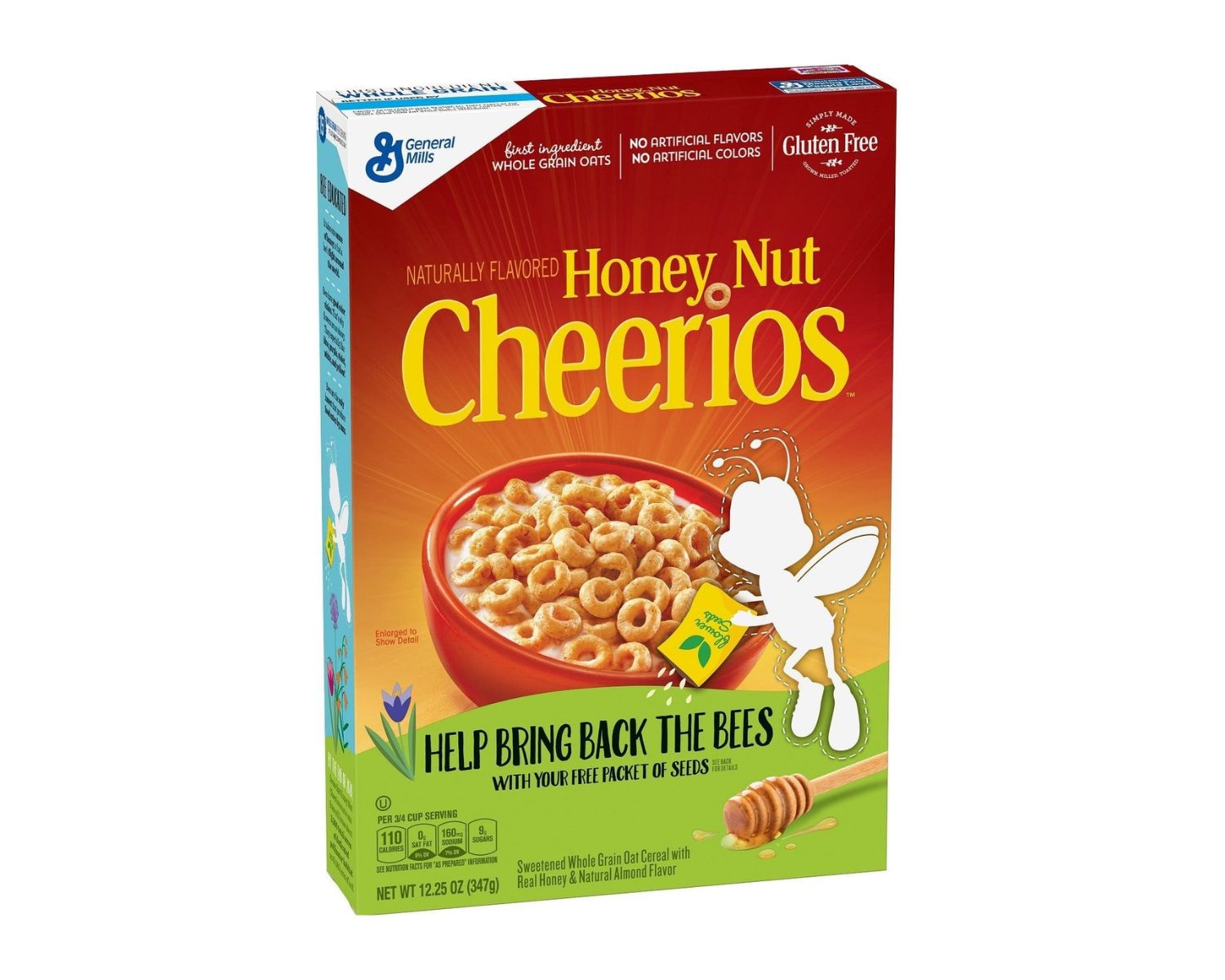
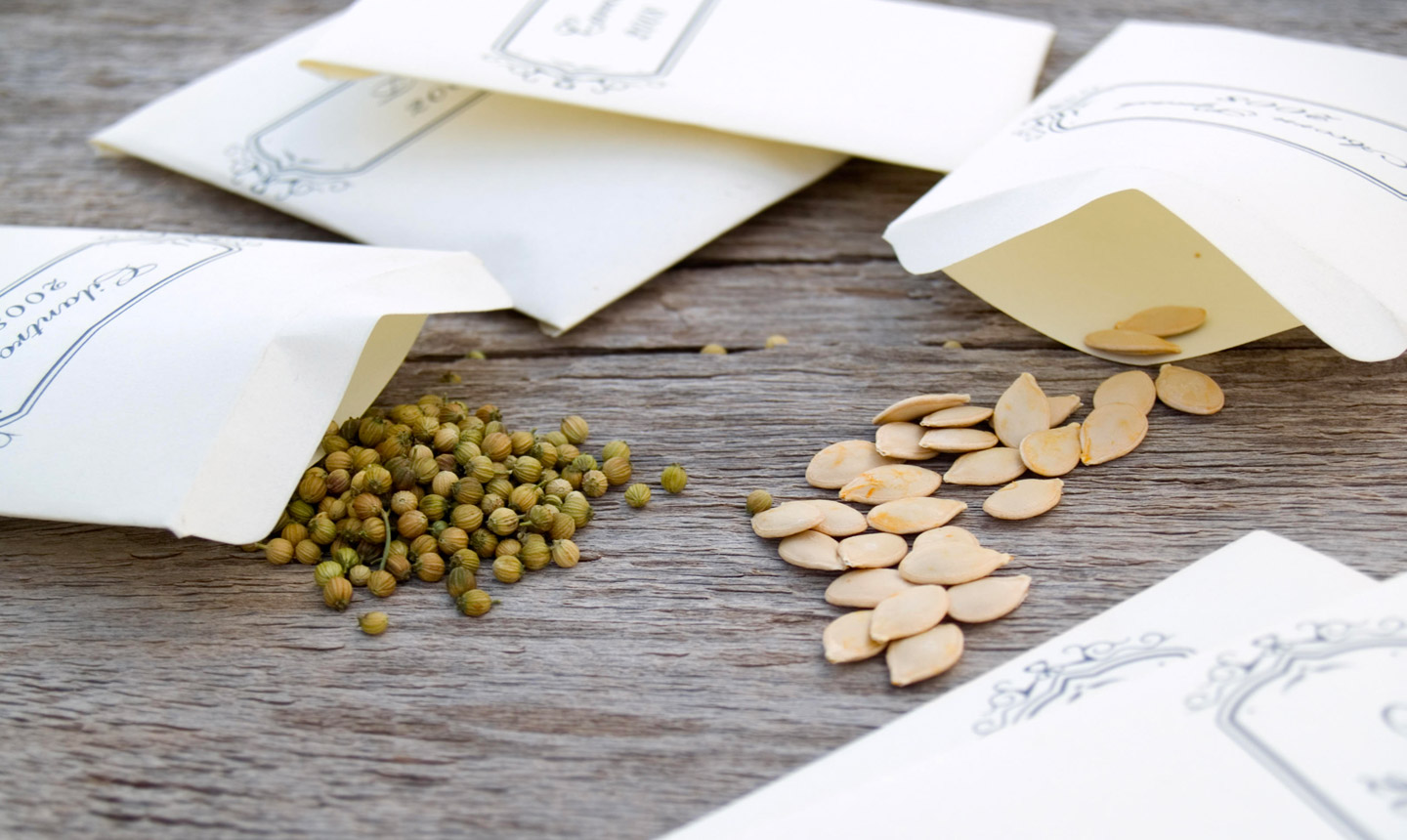
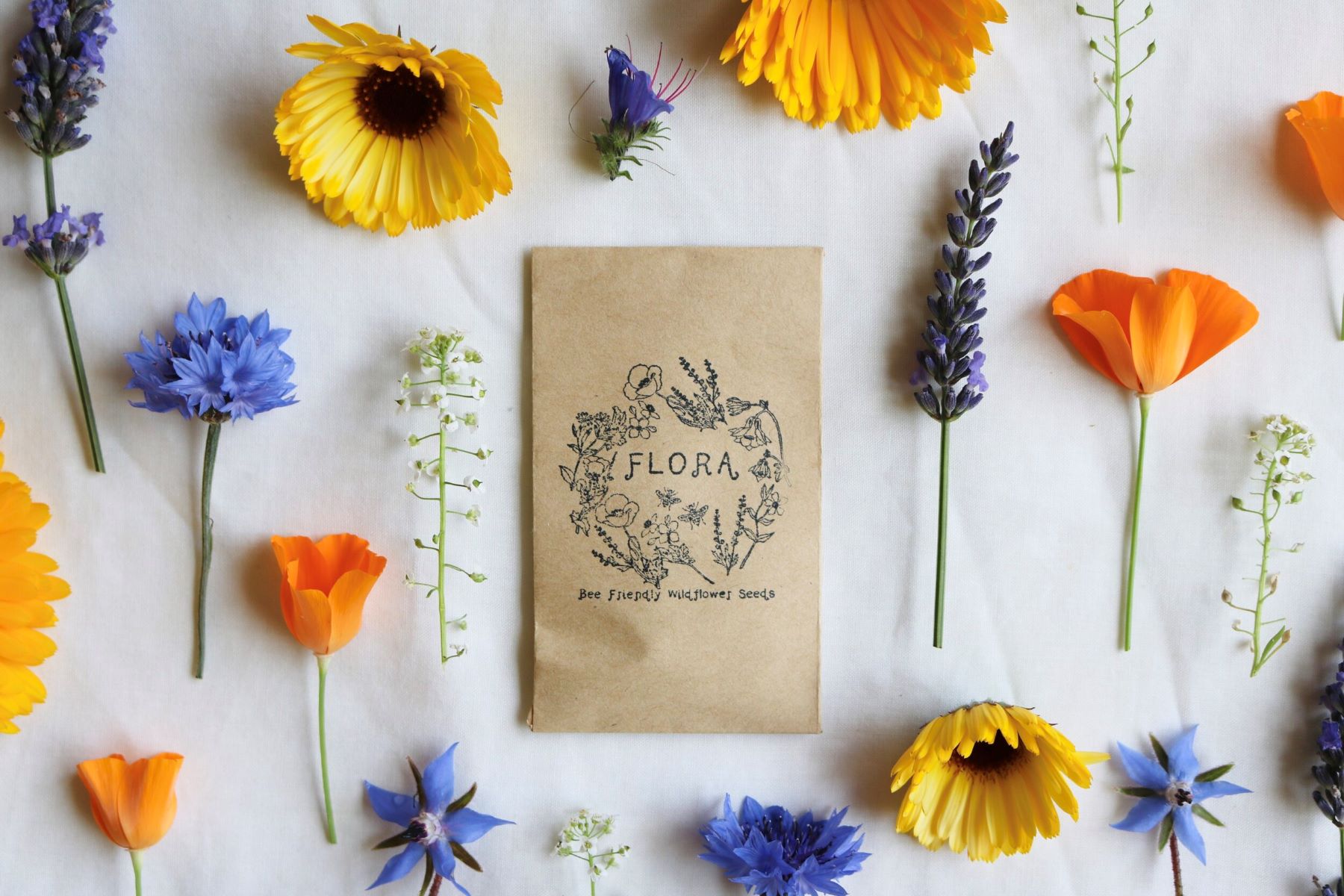
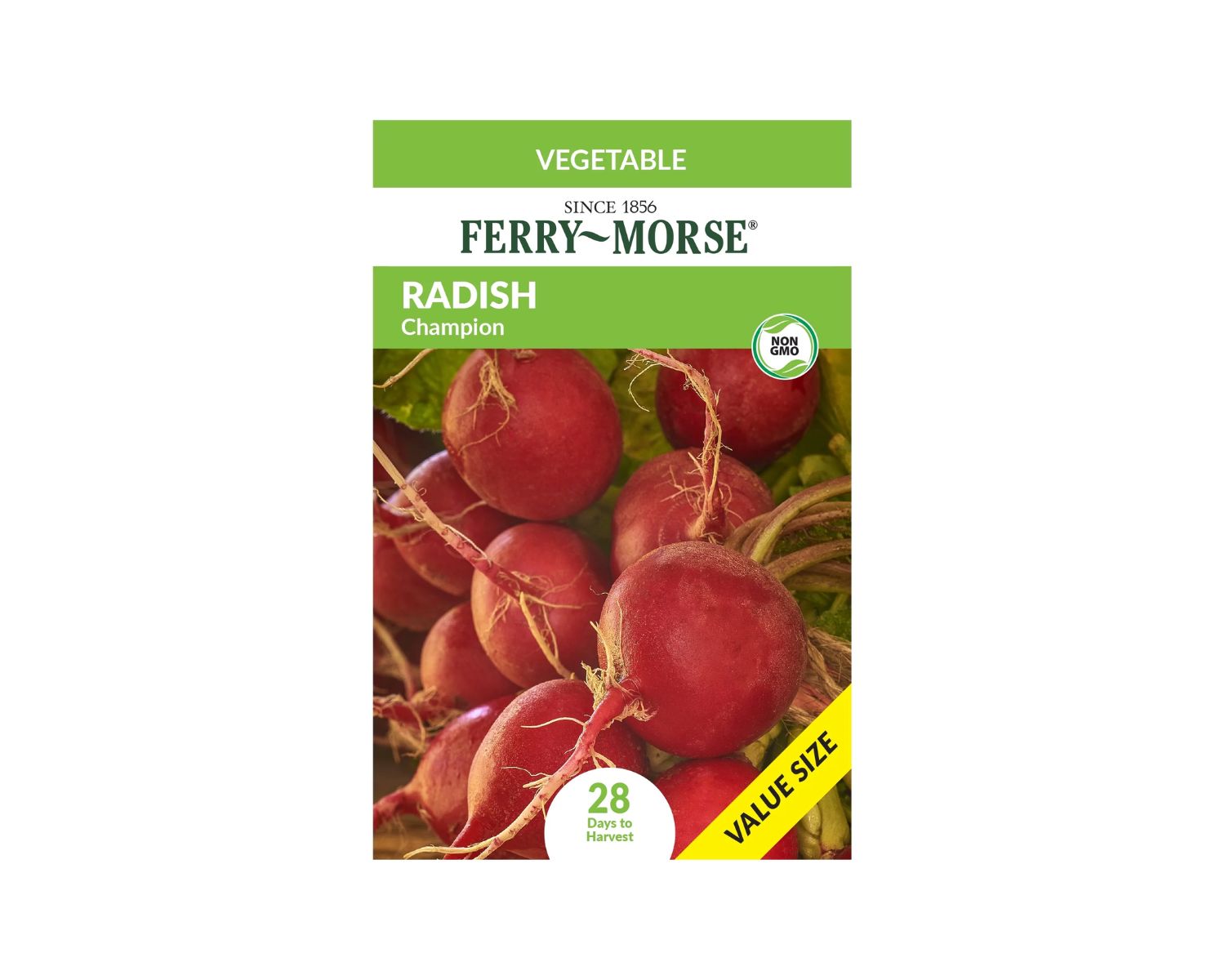
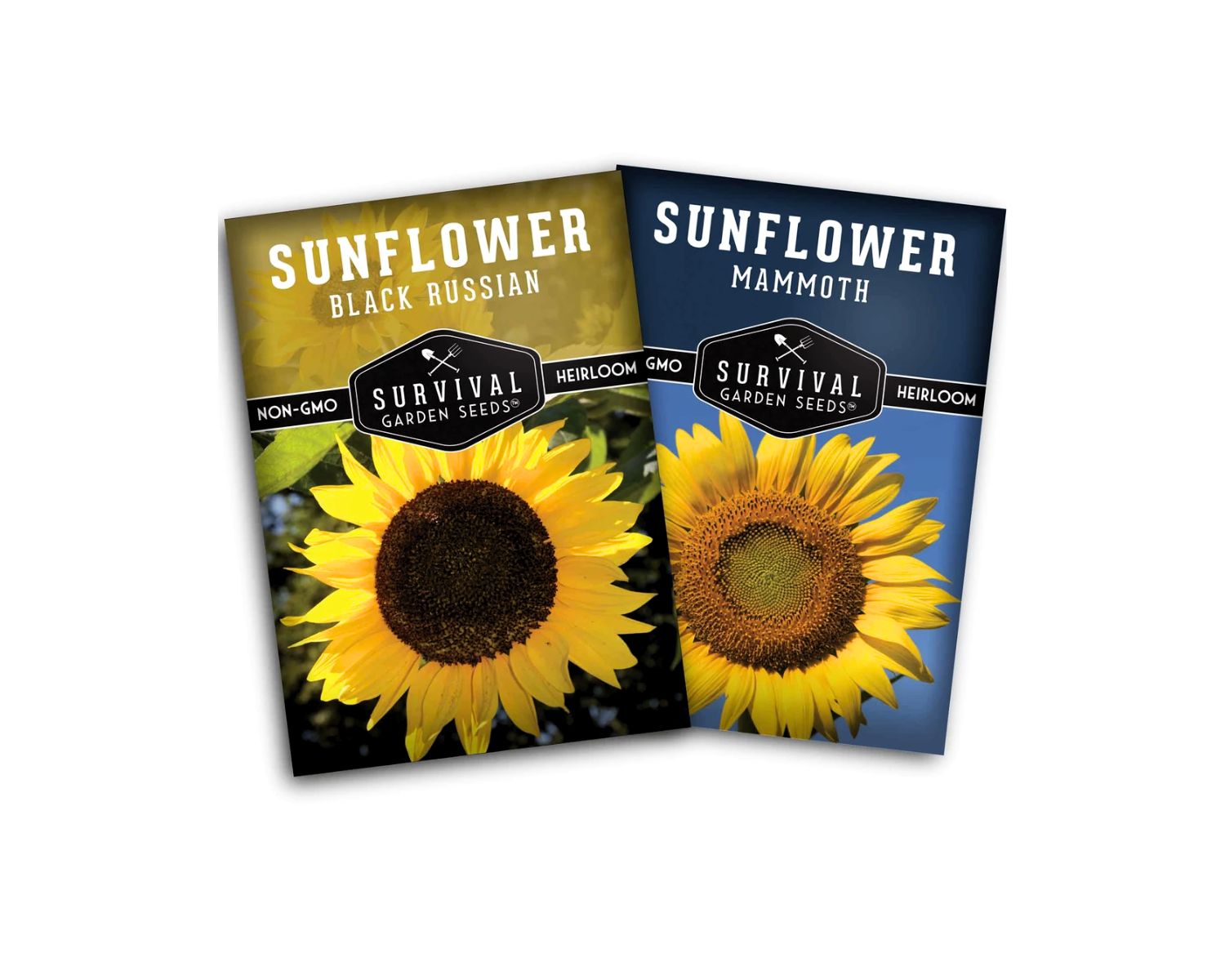
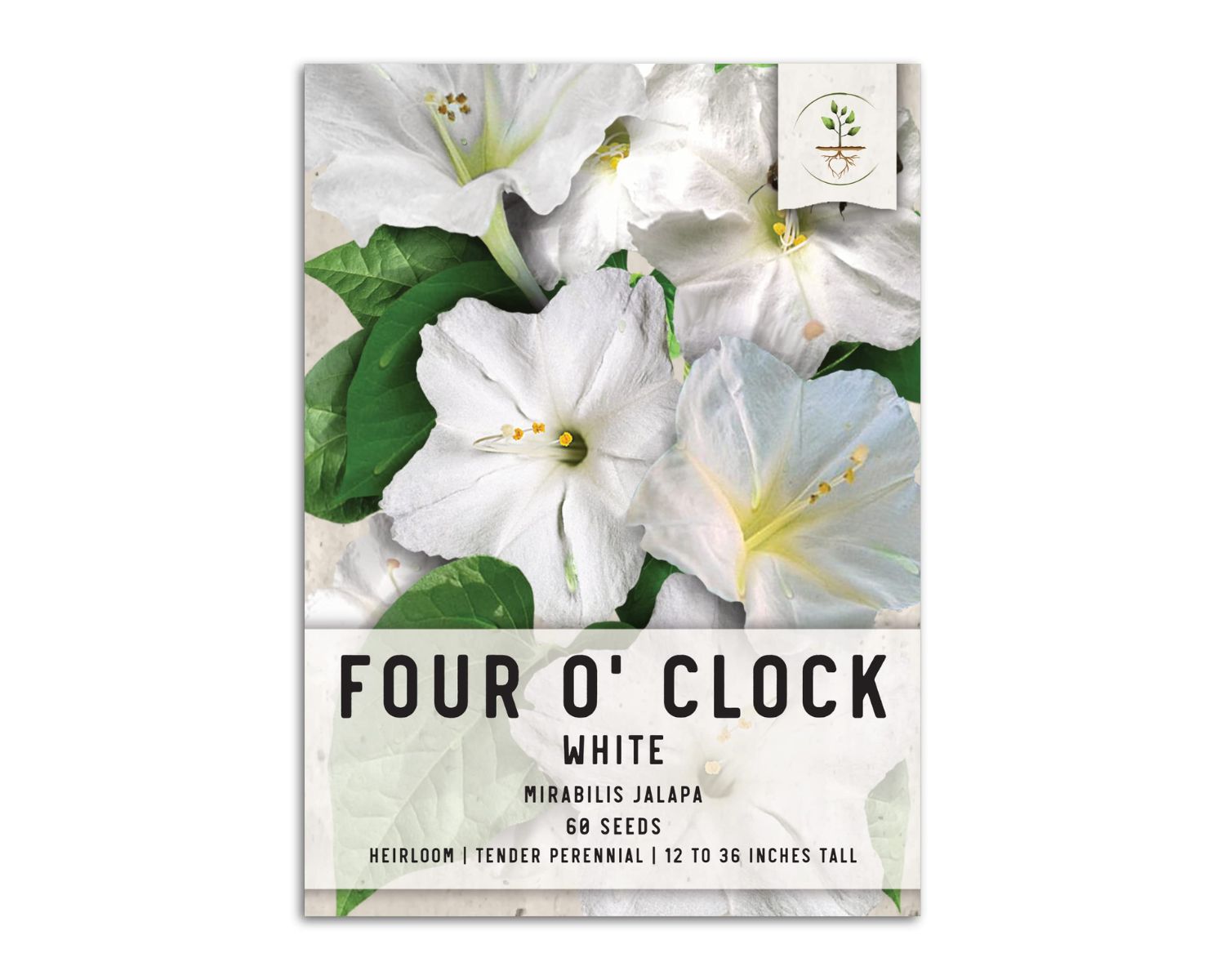
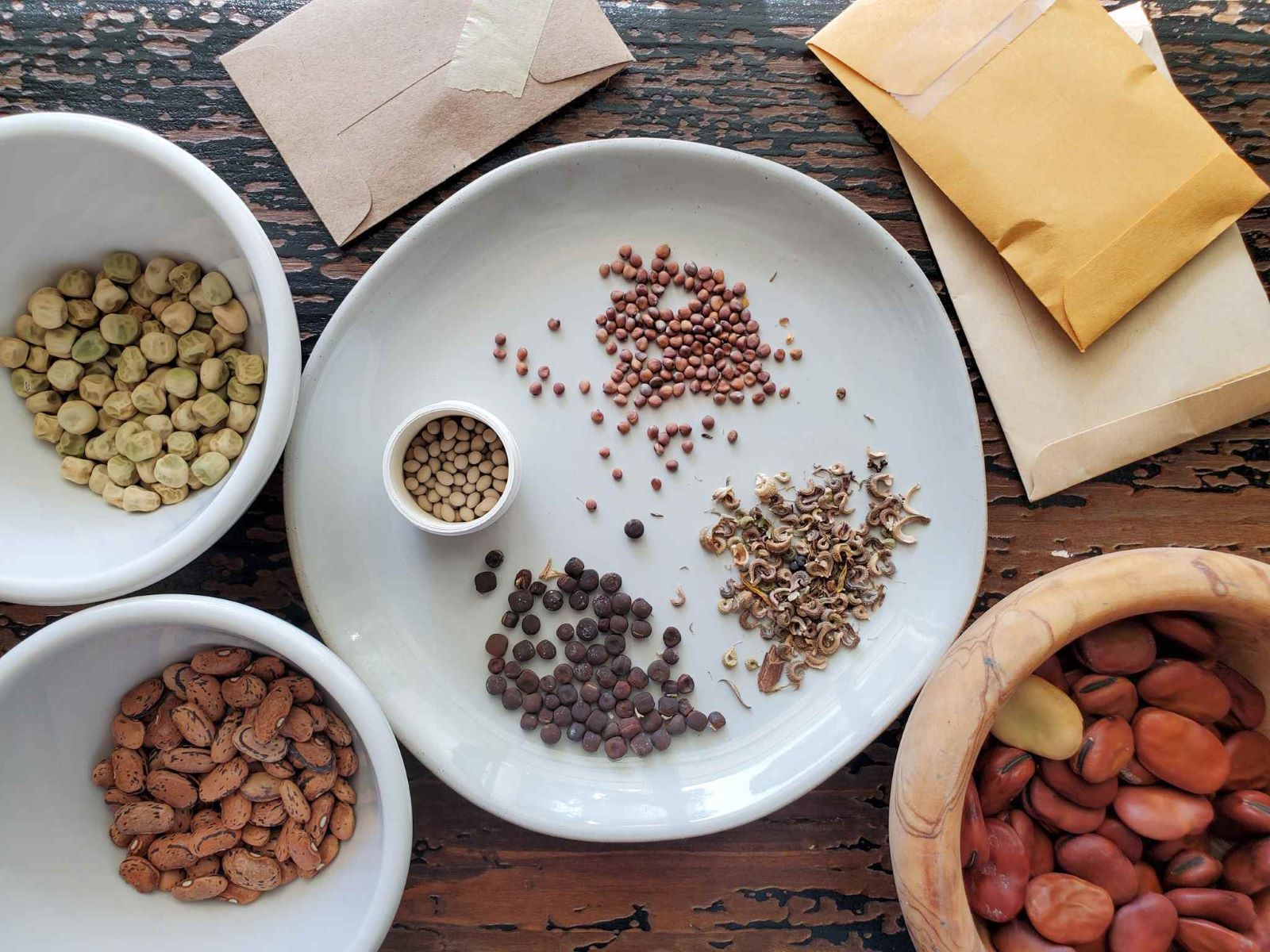
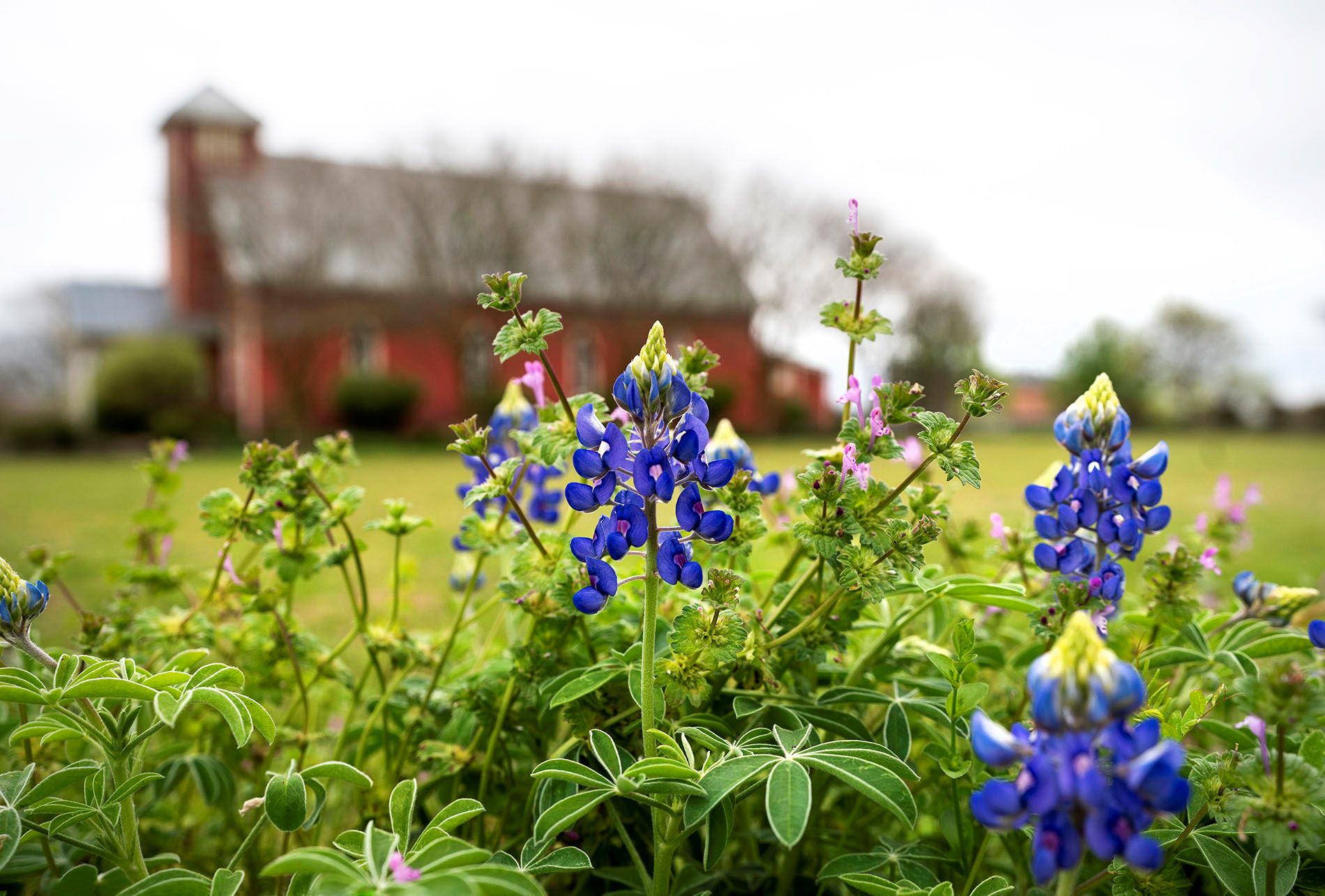
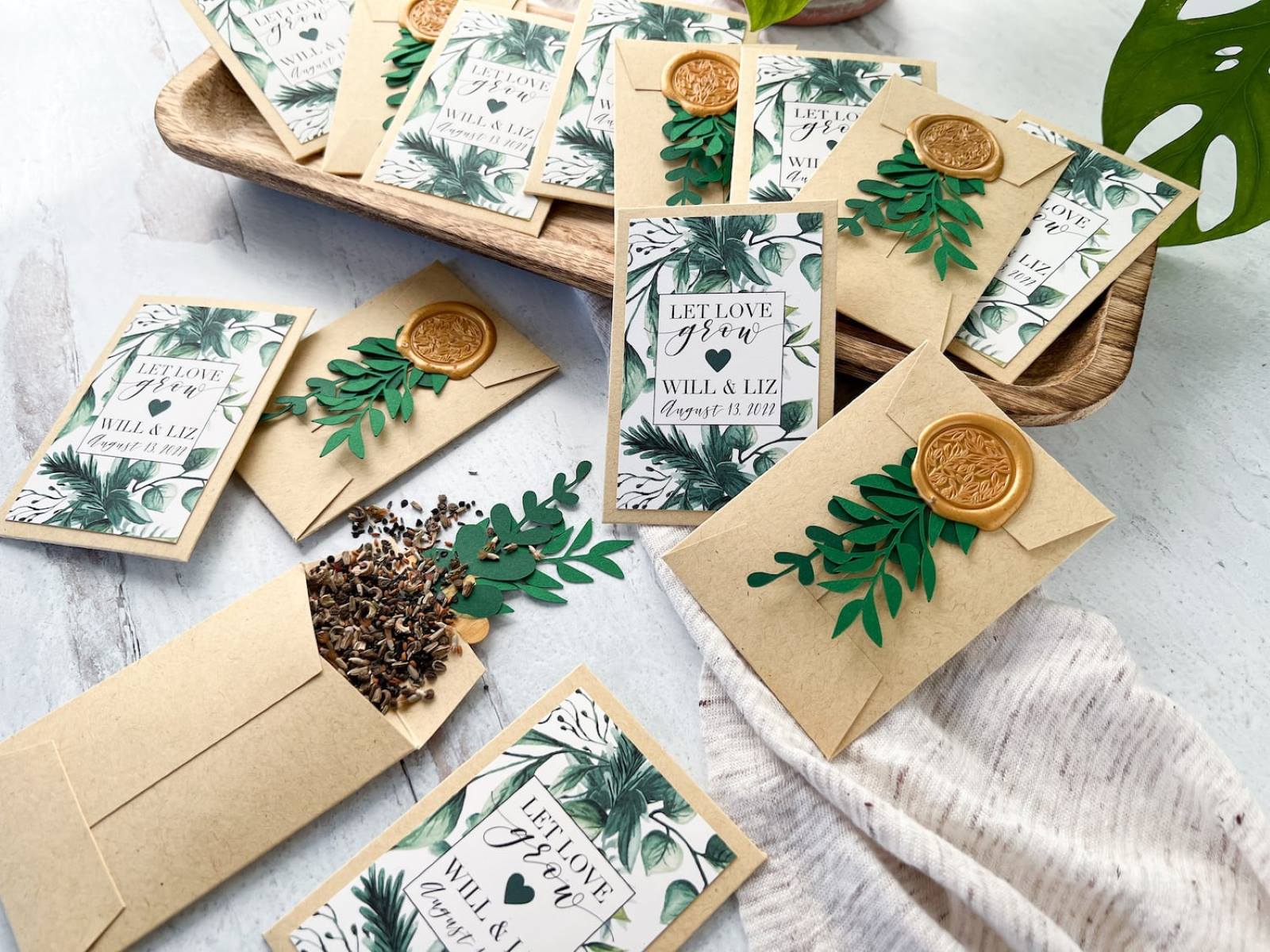
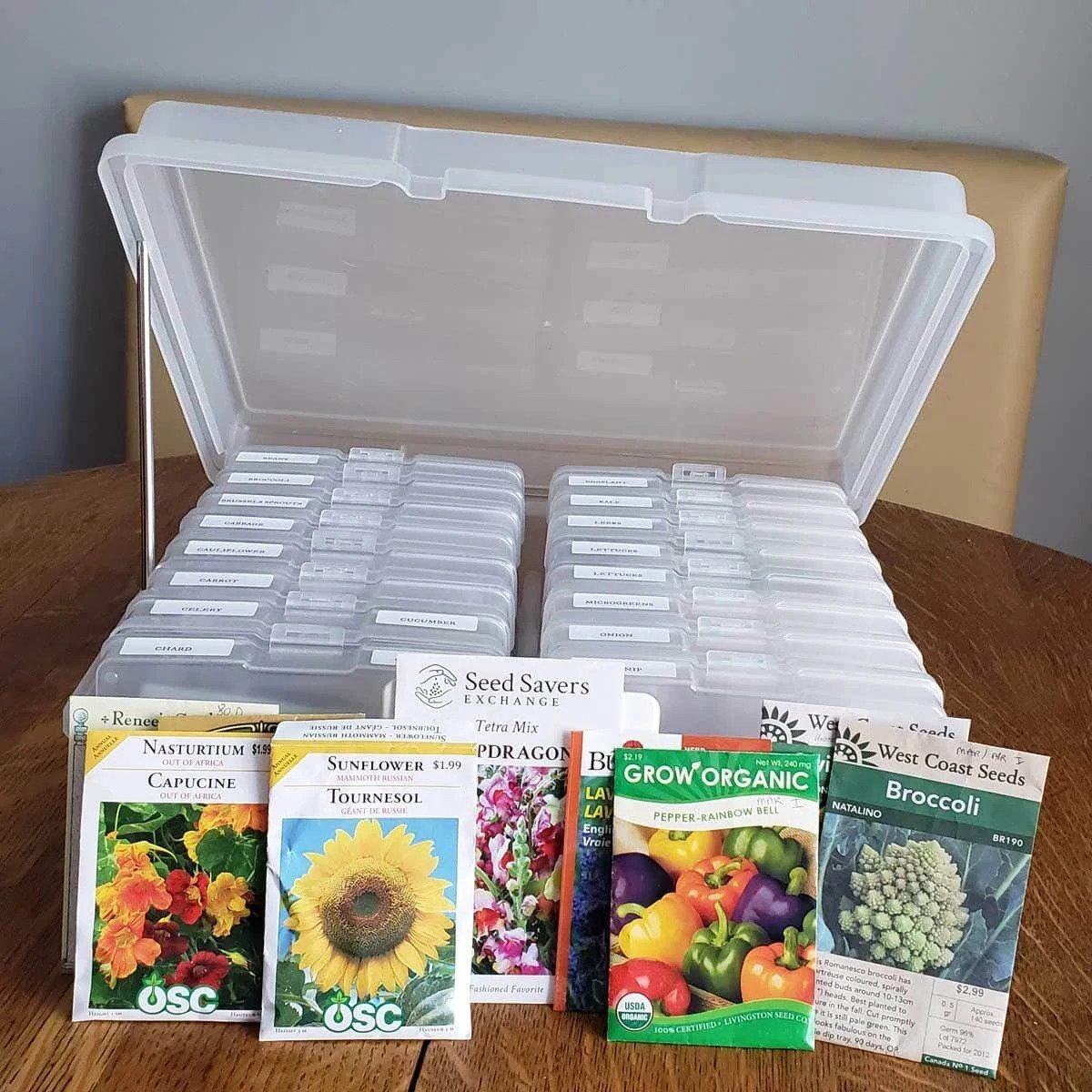

0 thoughts on “How To Fold Seed Packet”